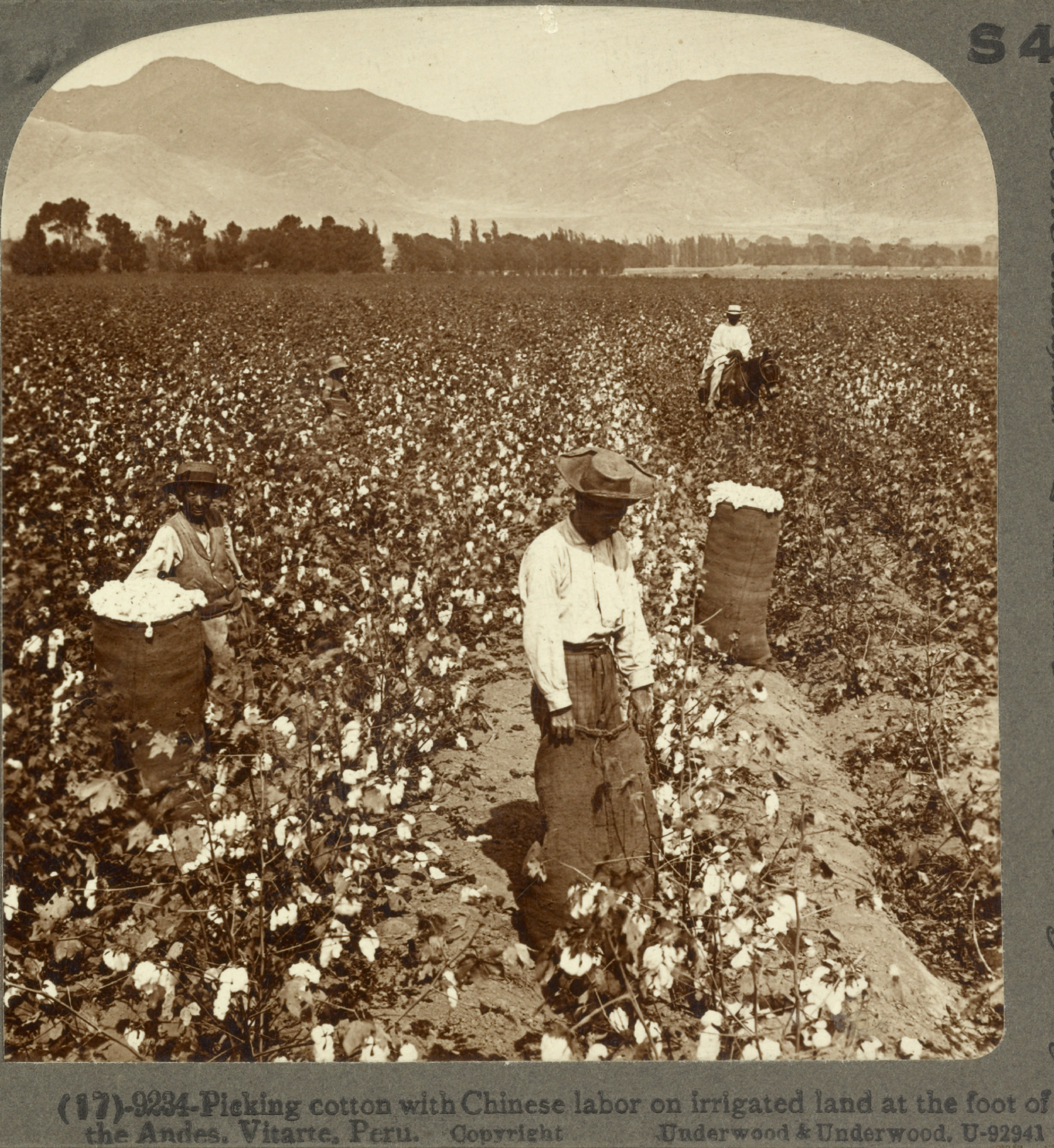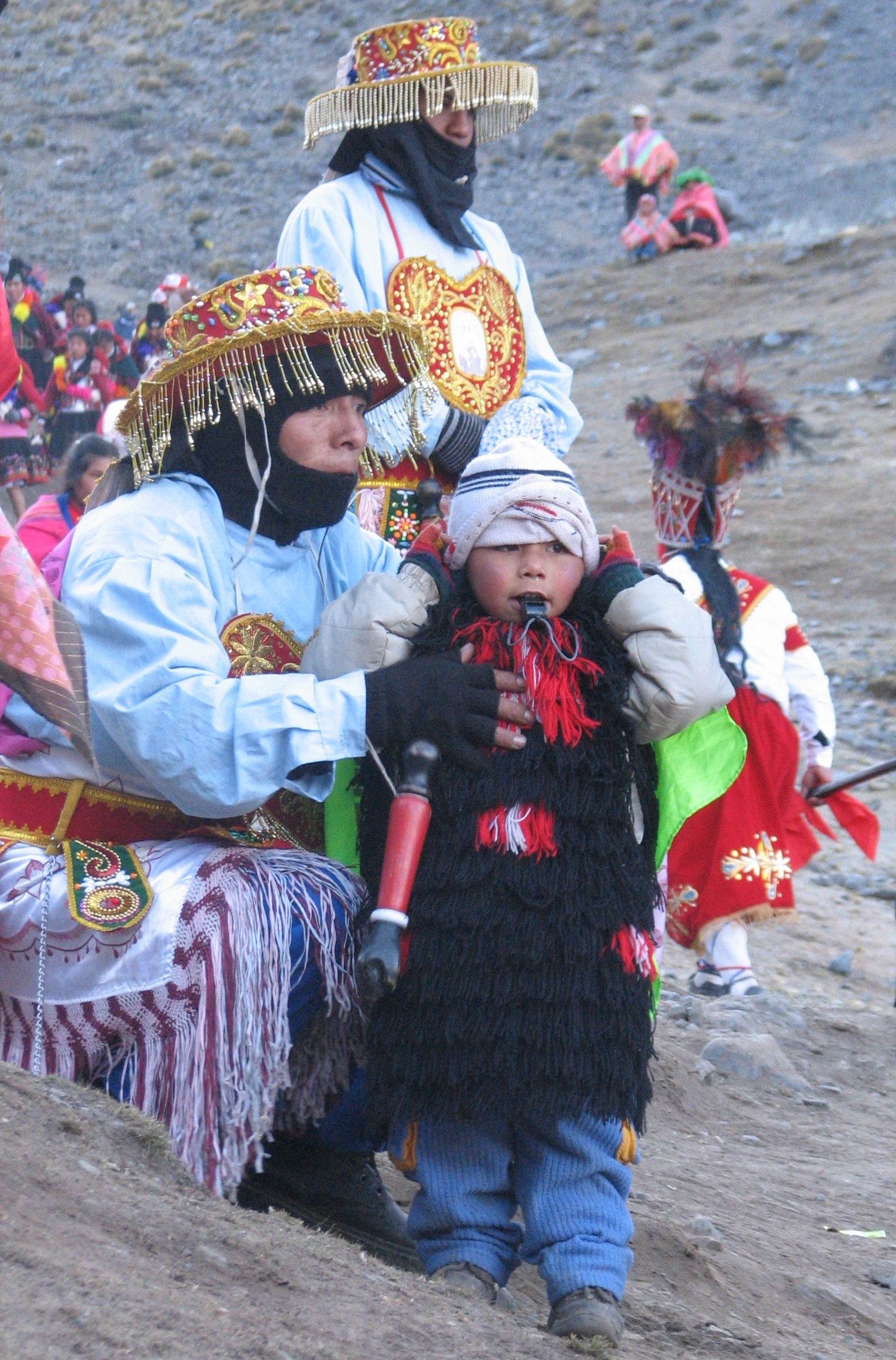|
Consequences Of The War Of The Pacific
The consequences of the War of the Pacific were profound and numerous in the countries involved. Diplomatic changes After the war, Chile had obtained military hegemony at the Pacific Coast of South America. Chile's expansion was seen with concern across the continent, and Chilean diplomats responded by fomenting rivalries between Chile's neighbors and other South American countries and promoting friendly relationships between countries with disputes with Chile's neighbors. Examples are the Chilean attempts to establish friendly relationships between Ecuador and Colombia, both countries with serious territorial disputes with Peru in the Amazon. Military co-operation with Ecuador grew considerably, and Chile sent instructors to the military academy in Quito and sold superfluous arms and munitions to Ecuador. Despite Chile's overall good relations with Ecuador, both countries had a minor diplomatic crisis resulting from the capture of the Peruvian torpedo boat ''Alay'' in Ecuadorian ... [...More Info...] [...Related Items...] OR: [Wikipedia] [Google] [Baidu] |
War Of The Pacific
The War of the Pacific ( es, link=no, Guerra del Pacífico), also known as the Saltpeter War ( es, link=no, Guerra del salitre) and by multiple other names, was a war between Chile and a Bolivian–Peruvian alliance from 1879 to 1884. Fought over Chilean claims on coastal Bolivian territory in the Atacama Desert, the war ended with a Chilean victory, which gained for the country a significant amount of resource-rich territory from Peru and Bolivia. The war began over a nitrate taxation dispute between Bolivia and Chile, with Peru being drawn in due to its secret alliance with Bolivia. But historians have pointed to deeper origins of the war, such as the interest of Chile and Peru in the nitrate business, the long-standing rivalry between Chile and Peru, as well as political and economical disparities between Chile, Peru and Bolivia. On February 14, 1879, Chile's armed forces occupied the Bolivian port city of Antofagasta, subsequently war between Bolivia and Chile was declare ... [...More Info...] [...Related Items...] OR: [Wikipedia] [Google] [Baidu] |
Chungara (journal)
''Chungara Revista de Antropología Chilena'' (English: ''The Journal of Chilean Anthropology'') is a peer-reviewed academic journal on anthropology and archaeology with particular, but not exclusive, focus on the Andean region. The journal is published by the Departamento de Antropología (Universidad de Tarapacá) and the editor-in-chief is Vivien G. Standen (Universidad de Tarapacá). Abstracting and indexing The journal is abstracted and indexed in the Social Sciences Citation Index, Current Contents/Social & Behavioral Sciences, and Scopus. According to the ''Journal Citation Reports'', the journal has a 2014 impact factor The impact factor (IF) or journal impact factor (JIF) of an academic journal is a scientometric index calculated by Clarivate that reflects the yearly mean number of citations of articles published in the last two years in a given journal, as i ... of 0.694. References External links * Anthropology journals Multilingual journals Academic ... [...More Info...] [...Related Items...] OR: [Wikipedia] [Google] [Baidu] |
Chinese Peruvians
Chinese Peruvians, also known as ''tusán'' (a loanword from ), are Peruvian citizens whose ancestors came from China. They are people of overseas Chinese ancestry born in Peru or who have made Peru their adopted homeland. 14,307 Peruvians claim Chinese descent. Due to acculturation, most Chinese Peruvians do not speak the language of their Asian ancestors. However, some can speak one or more varieties of Chinese that may include Mandarin, Cantonese, Hakka and Minnan (Hokkien), in addition to Spanish. Outside of the predominant Amerindian, mestizo, white, and black populations, Chinese are estimated to constitute less than 1% of the Peruvian population. In the 2017 Census in Peru, only 14,307 people claimed ''tusán'' or Chinese ancestry. However, according to the embassy, it was estimated that 5% (or 1.2 million) of the 29 million Peruvians in 2009 had Chinese roots and ancestry, tracing back to the 19th century arrival of 100,000 Chinese immigrants that migrated to Peru and en ... [...More Info...] [...Related Items...] OR: [Wikipedia] [Google] [Baidu] |
Ricardo Palma
Manuel Ricardo Palma Soriano (February 7, 1833 – October 6, 1919) was a Peruvian author, scholar, librarian and politician. His magnum opus is the ''Tradiciones peruanas''. Biography According to the official account, Manuel Ricardo Palma y Carrillo was born on February 7, 1833, in Lima, inscribed as the son of Pedro Ramón Palma and Guillerma Carrillo y Pardos, possibly his grandmother. On April 6, 1837, his father married Dominga Soriano y Carrillo, Guillerma's daughter. However, the documentary evidence shows many contradictions that was pointed out by Monsignor Salvador Herrera Pinto who relying on oral traditions collected and written testimonies directed to him (a catholic bishop) concludes that Ricardo Palma was born in the town of Talavera, province of Andahuaylas, Apurímac Region. His family was living in Lima after migrating from the province. His mother was a mestiza with African roots. His parents separated when he was still young. He was educated at a Jes ... [...More Info...] [...Related Items...] OR: [Wikipedia] [Google] [Baidu] |
Criollo People
In Hispanic America, criollo () is a term used originally to describe people of Spanish descent born in the colonies. In different Latin American countries the word has come to have different meanings, sometimes referring to the local-born majority. Historically, they have been misportrayed as a social class in the hierarchy of the overseas colonies established by Spain beginning in the 16th century, especially in Hispanic America. They were locally-born people–almost always of Spanish ancestry, but also sometimes of other European ethnic backgrounds. Criollos supposedly sought their own identity through the indigenous past, of their own symbols, and the exaltation of everything related to the American one. Their identity was strengthened as a result of the Bourbon reforms of 1700, which changed the Spanish Empire's policies toward its colonies and led to tensions between ''criollos'' and ''peninsulares''. The growth of local ''criollo'' political and economic strength in t ... [...More Info...] [...Related Items...] OR: [Wikipedia] [Google] [Baidu] |
Narrative
A narrative, story, or tale is any account of a series of related events or experiences, whether nonfictional (memoir, biography, news report, documentary, travel literature, travelogue, etc.) or fictional (fairy tale, fable, legend, thriller (genre), thriller, novel, etc.). Narratives can be presented through a sequence of written or spoken words, through still or moving images, or through any combination of these. The word derives from the Latin verb ''narrare'' (to tell), which is derived from the adjective ''gnarus'' (knowing or skilled). Narration (i.e., the process of presenting a narrative) is a rhetorical modes, rhetorical mode of discourse, broadly defined (and paralleling argumentation, description, and exposition (narrative), exposition), is one of four rhetorical modes of discourse. More narrowly defined, it is the fiction-writing mode in which a narrator communicates directly to an audience. The school of literary criticism known as Russian formalism has applied metho ... [...More Info...] [...Related Items...] OR: [Wikipedia] [Google] [Baidu] |
Indigenous Peoples In Peru
The Indigenous peoples of Peru, or Native Peruvians, comprise a large number of ethnic groups who inhabit territory in present-day Peru. Indigenous cultures developed here for thousands of years before the arrival of the Spanish in 1532. In 2017, the 5,972,606 Indigenous peoples formed about 26% of the total population of Peru. At the time of the Spanish arrival, the Indigenous peoples of the rain forest of the Amazon basin to the east of the Andes were mostly semi-nomadic tribes; they subsisted on hunting, fishing, gathering and slash and burn agriculture. Those peoples living in the Andes and to the west were dominated by the Inca Empire, who had a complex, hierarchical civilization. It developed many cities, building major temples and monuments with techniques of highly skilled stonemasonry. Many of the estimated 2000 nations and tribes present in 1500 died out as a consequence of the expansion and consolidation of the Inca Empire and its successor after 1533, the Spanish em ... [...More Info...] [...Related Items...] OR: [Wikipedia] [Google] [Baidu] |
Aymara People
Aymara may refer to: Languages and people * Aymaran languages, the second most widespread Andean language ** Aymara language, the main language within that family ** Central Aymara, the other surviving branch of the Aymara(n) family, which today includes only the endangered Jaqaru/Kawki language * Aymara people, the native ethnic group identified with the speakers of Altiplano Aymara Culture * ''Corazón Aymara'' (English: ''Aymara Heart''), 1925 Bolivian silent feature film directed by Pedro Sambarino * Grupo Aymara, Bolivian folk troupe of traditional music of pre-Hispanic and contemporary music of the Andes * Socialist Aymara Group (Spanish: ''Grupo Aymara Socialista''), left-wing indigenous political group in Bolivia Places * Aymaraes Province, the largest of seven provinces of the Apurímac Region in Peru * Aymara Lupaca Reserved Zone, a protected area in southeastern Peru Nature * ''Aymaramyia'', genus of crane bird found in Peru * ''Aymaratherium'', genus of extinct sloth ... [...More Info...] [...Related Items...] OR: [Wikipedia] [Google] [Baidu] |
LOM Ediciones
LOM Ediciones («Lom», means in yaghan language: «sun») is a Chilean press based in Santiago. It was established in 1990. Several Chileans and Latin American writers published in this press, like Pedro Lemebel, Tomas Moulian and Enrique Lihn Enrique Lihn Carrasco (3 September 1929 – 10 July 1988) was a Chilean poet, playwright, and novelist. The son of Enrique Lihn Doll and María Carrasco Délano, he married Ivette Mingram (1932–2008). They had one daughter, the actress Andr .... External links * References {{reflist Book publishing companies of Chile Book publishing companies based in Santiago Publishing companies established in 1990 Chilean companies established in 1990 ... [...More Info...] [...Related Items...] OR: [Wikipedia] [Google] [Baidu] |
Araucanía (historic Region)
Araucanía or Araucana Gomez de Vidaurre ''Historia Geografica, Natural y Civil Del Reino de Chile, Tomo II''; ''Coleccion de historiadores de Chile'', Tomo XV, Imprenta Ercilla, Santiago, 1889Original from the University of Michigan, Digitized Aug 4, 2005 (History of Chile 1535-1764) was the Spanish name given to the region of Chile inhabited by the Mapuche peoples known as the Moluche (also known as Araucanos by the Spanish) in the 18th century. Prior to the Spanish conquest of Chile, the lands of the Moluche lay between the Itata River and Toltén River. History Following the great rising of the Moluche and Huilliche after the Battle of Curalaba in 1598 during the Arauco War, they expelled the Spanish from south of the Bío-Bío River. After many decades of further warfare, the bounds of Araucania were recognized by the Spanish as being between the Bío-Bío and Toltén rivers. This old region of Araucanía now is divided between the southern part of the Bío-Bío Region and ... [...More Info...] [...Related Items...] OR: [Wikipedia] [Google] [Baidu] |
Occupation Of Araucanía
The Occupation of Araucanía or Pacification of Araucanía (1861–1883) was a series of military campaigns, agreements and penetrations by the Chilean army and settlers into Mapuche territory which led to the incorporation of Araucanía into Chilean national territory. ''Pacification of Araucanía'' was the expression used by the Chilean authorities for this process. The conflict was concurrent with Argentine campaigns against the Mapuche (1878–1885) and Chile's wars with Spain (1865–1866) and with Peru and Bolivia (1879–1883). The Mapuche people had a history of resistance to Spanish conquest with the area known as Araucanía remaining ''de facto'' independent through the colonial era. Following Chilean Independence War from Spain, relations between the nascent republic and the Mapuches of Araucanía remained mostly amicable. However economical and geopolitical reasons together with increasingly negative attitudes towards the Mapuche made Chilean authorities dec ... [...More Info...] [...Related Items...] OR: [Wikipedia] [Google] [Baidu] |





